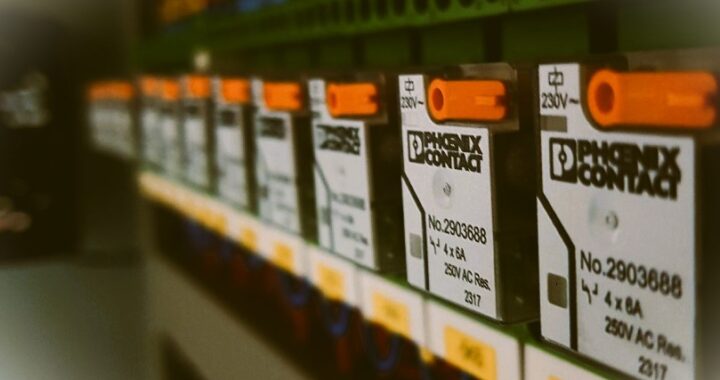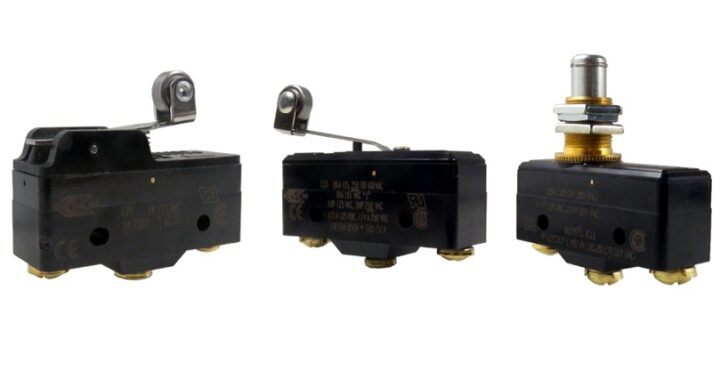Advantages and Disadvantages of Ultrasonic Sensors: A Guide

The ultrasonic sensor is a unique member of the sensor family. According to the research conducted, the global market size of ultrasonic sensors was valued at USD 3.89 billion in 2020. It is expected to expand at a compound annual growth rate (CAGR) of 6.6% from 2021 to 2027. So, engineers need to know the benefits and drawbacks of this device.
Advantages of Ultrasonic Sensors
The advantages of ultrasonic sensors are:
1. Detection without physical contact
An ultrasonic sensor measures the distance and detects the presence of an object without making physical contact. It produces and monitors an ultrasonic echo. Depending on the sensor and object properties, the effective range in air is between a few centimeters to several meters. The ultrasonic sensor generates and emits ultrasonic pulses that are reflected toward the sensor by an object that is within the field of view of the sensor.
2. Compact size and low cost
They are generally of small size which makes them easier to use especially in a robotic application and gives in real-time measurements. They do not use much electricity, are simple in design, and are relatively inexpensive.
3. High sensitivity
Ultrasonic sensors can be used to solve even the most complex tasks involving object detection or level measurement with millimeter precision because their measuring method works reliably under almost all conditions. Ultrasonic sensors detect objects without touching them, they do not scratch the sensing objects.

4. Robustness
They can withstand even the toughest conditions, such as the leak test up to IP 69, or unrealistic tough conditions such as sandblasting.
5. Large measuring range
The newly developed sonic sensors enable large measuring ranges of up to 600cm. This enlarges the application range.
6. Variety of object detection
Ultrasonic sensors can detect a variety of materials, regardless of shape, transparency, or color. The only requirement for ultrasonic sensing is that the target material is solid or liquid. This enables contactless detection of metal, plastic, glass, wood, rocks, sand, and water. These materials can reflect sound towards the sensor through the air.
For example, optical sensors have limitations in detecting clear materials like glass or water. Light passes through these materials, whereas ultrasonic bounces off.

7. Dust and dirt resistance
Ultrasonic sensors are relatively dust and dirt insensitive. The highly robust housing eliminates any potential weak points that could cause damage in harsh environments. Besides, dark environments do not affect an ultrasonic sensor’s detection ability.
8. Wide application areas
Ultrasonic sensors have proven their reliability and endurance in virtually all industrial sectors. These sectors include:
- Mechanical engineering/machine tool.
- Food and beverage.
- Woodworking and furniture.
- Building materials.
- Agriculture.
- Construction.
- Pulp and paper.
- Material handling.
- Level measurement.
9. Short blind zone
The extremely short blind zone ensures maximum downward compatibility. This enables the reliable detection of objects close to the sensor and the optimum adaption of mounting depths. As the blind zone has to be kept free to exclude signal errors, a short blind zone also improves the possibilities for mounting an effective object detection.

10. Level Monitoring
Liquids are very good reflectors of ultrasonic waves if they do not form any foam. Ultrasonic sensors are therefore ideal for monitoring the level of liquid containers. Spray and droplets do not affect the sensor and it even cleans itself through the movement of the sonic transducer.
11. Maintenance-free
They do not require so much maintenance. They have a long lifespan.

Disadvantages of Ultrasonic Sensors
The disadvantages of ultrasonic sensors are:
1. Atmospheric movements
Atmospheric movements disturb the measurement and can reduce the range. Working can be disturbed by noise (industrial for example) which induces detection errors.
2. Displacement
The collection of measurements may be affected by the sensor (movement of a manipulator’s arm or mobile robot). For precision measurement or high-speed robot displacement, it is necessary to take the displacement into account.
3. Low angular measurement
Due to the acoustical beamwidth of the transducers, the angular accuracy of the measurements is low (in the order of 10 to 20 degrees).

4. Slow acoustic measurement
Acoustic measurement is slow compared to light due to the lower speed of acoustic signals.
5. Difficult to manipulate acoustic beams
Due to the high wavelength, it’s more difficult to manipulate acoustic beams (focusing, collimating). The wavelength of the acoustic beam for a 50 kHz transducer is ±7 mm, which is much larger than the roughness of most indoor surfaces. As a result, the reflection of ultrasonic beams off the smooth surface can reflect away from the sensors and become invisible or create multiple reflections.
6. Slow reaction
They react slowly. Optical-based sensing technologies have a similar principle to ultrasonic technology. Instead of using sound waves, however, optical technology uses LEDs to emit light waves and detect the time of flight, which can then convert based on the speed of light principle. The speed of light is much faster than the speed of sound, therefore optical-based sensing is faster than ultrasonic.

7. Cannot detect sound-absorbing materials
They cannot detect sound-absorbing materials. Certain objects can be more difficult to detect, like angled surfaces that direct the echo away from the sensor, or permeable targets like a sponge, foam, and soft clothing. These absorb more reflected ultrasonic energy.
8. Temperature changes sensing accuracy
Ultrasonic sensors are very sensitive to variations in temperature. To avoid this problem, you need to use temperature-compensated models.

 Types of Timer Relays and Their Applications
Types of Timer Relays and Their Applications  Relay Applications: Real-Life And Industrial Examples
Relay Applications: Real-Life And Industrial Examples  Types of Micro Switches and Their Applications
Types of Micro Switches and Their Applications  Best Voltage Testers for Home Use: 2023 Edition
Best Voltage Testers for Home Use: 2023 Edition  Advantages of Transducers for Optimal Measurement
Advantages of Transducers for Optimal Measurement  Advantages of Infrared Sensors: Improved Accuracy and More
Advantages of Infrared Sensors: Improved Accuracy and More